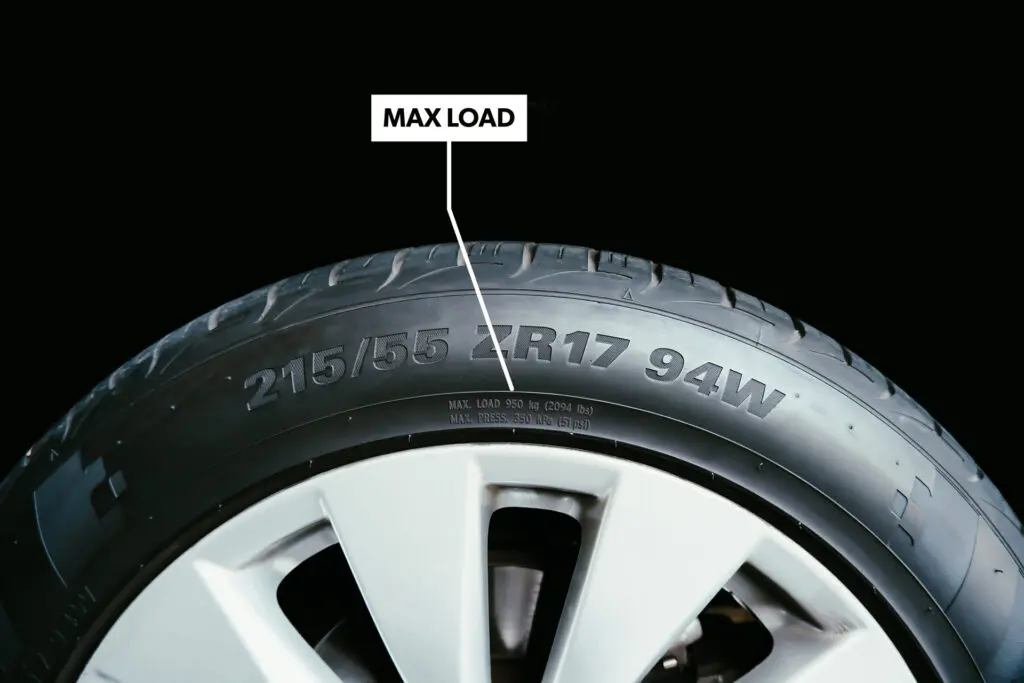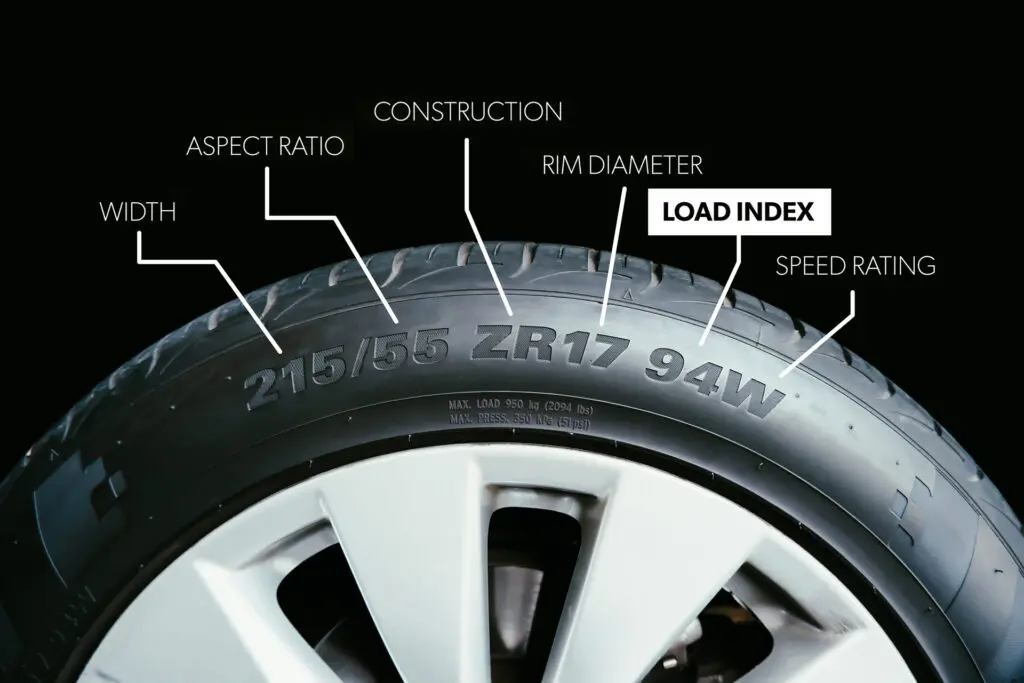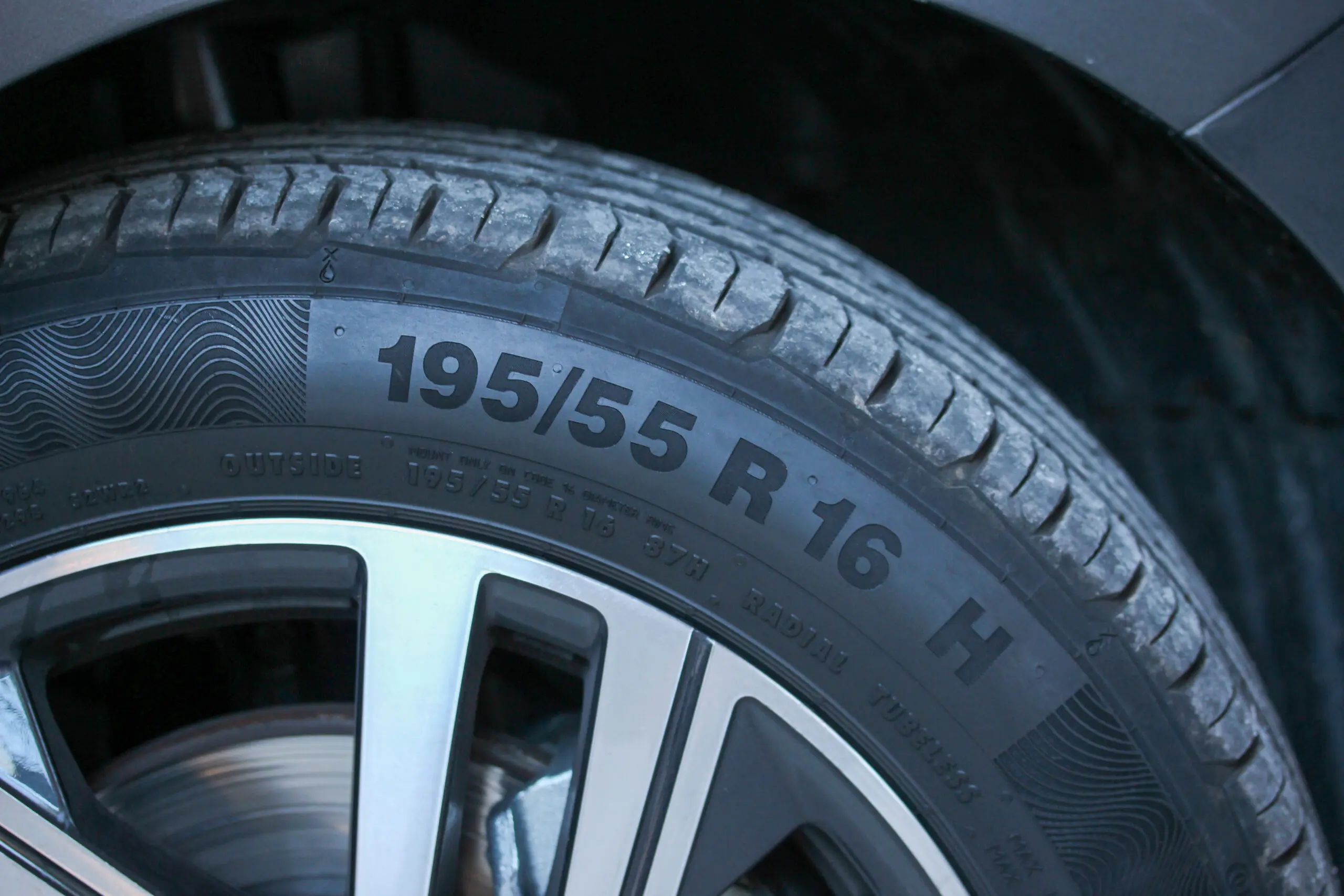How to Read a Tire Load Index Chart
Tires are critical to any vehicle, ensuring safety, performance, and overall driving experience. One crucial aspect to consider is the tire load index for anyone who frequently hauls heavy loads with their vehicle or those looking to make the most of their vehicle’s towing capabilities. Understanding the tire load index is vital to your safety on the road and the longevity of your tires. Explore what tire load index is, why it’s essential, and how to interpret a tire load index chart for a safer, more informed driving experience.
What is Tire Load Index and Why is it Important?
The tire load index is a numerical code corresponding to the maximum weight an individual tire can support when properly inflated. Understanding this value is essential to prevent overloading, which could lead to tire failure and, ultimately, accidents on the road. The tire load index is part of the group of numbers molded into the tire’s sidewall and typically appears as two- or three-digit numbers on a tire.
Understanding the tire load index is pivotal for safe driving with various loads. It’s not just a number; it’s a safety precaution that directly impacts your vehicle’s performance. When loading your vehicle or trailer, whether driving with materials from Home Depot or hauling a new fridge, you must consider your vehicle’s load capacity and choose tires that can handle the weight.
Vehicle safety is paramount in every over-the-road situation, and complying with safety standards and cargo capacity limits based on your tire’s weight capacity is crucial to ensure safe driving. Exceeding the load index can result in tire overheating, loss of control, or even a tire blowout, which can put your safety at significant risk.
To better understand the importance of the tire load index, think of it as the weight-bearing capacity. Each tire load index number indicates a specific maximum weight the tire can carry at the designated maximum pressure. Multiply this weight capacity by the number of tires on your vehicle, and you reach your maximum load-carrying capacity. Keeping loads below that weight parameter will ensure you’re within safe operating limits.

How to Read the Tire Load Index
Reading a tire load index chart is easier than it may seem. The higher the number, the more weight the tire can support. Of course, this number should always be cross-referenced with the load index chart to ensure you’re within the safe weight range for your vehicle.
| Load Index | Pounds | Load Index | Pounds | Load Index | Pounds | ||
| 70 | 739 | 89 | 1,279 | 108 | 2,205 | ||
| 71 | 761 | 90 | 1,323 | 109 | 2,271 | ||
| 72 | 783 | 91 | 1,356 | 110 | 2,337 | ||
| 73 | 805 | 92 | 1,389 | 111 | 2,403 | ||
| 74 | 827 | 93 | 1,433 | 112 | 2,469 | ||
| 75 | 853 | 94 | 1,477 | 113 | 2,535 | ||
| 76 | 882 | 95 | 1,521 | 114 | 2,601 | ||
| 77 | 908 | 96 | 1,565 | 115 | 2,679 | ||
| 78 | 937 | 97 | 1,609 | 116 | 2,756 | ||
| 79 | 963 | 98 | 1,653 | 117 | 2,833 | ||
| 80 | 992 | 99 | 1,709 | 118 | 2,910 | ||
| 81 | 1,019 | 100 | 1,764 | 119 | 2,998 | ||
| 82 | 1,047 | 101 | 1,819 | 120 | 3,086 | ||
| 83 | 1,074 | 102 | 1,874 | 121 | 3,197 | ||
| 84 | 1,102 | 103 | 1,929 | 122 | 3,307 | ||
| 85 | 1,135 | 104 | 1,984 | 123 | 3,417 | ||
| 86 | 1,168 | 105 | 2,039 | 124 | 3,527 | ||
| 87 | 1,201 | 106 | 2,094 | 125 | 3,638 | ||
| 88 | 1,235 | 107 | 2,149 | 126 | 3,748 |
Here’s an example of how to use the chart:
If your tire has a load index of 92, it indicates that its maximum weight capacity at maximum pressure is 1,389 pounds. Multiply this weight capacity by the number of tires on your vehicle for maximum load-carrying capacity. Considering a standard vehicle with four tires, the equation would be 1,389 x 4 = 5,556 max capacity.
For example, if your tire has a load index of 92, as mentioned earlier, this indicates a maximum weight capacity of 1,389 lbs at the maximum pressure specified. Multiplying this capacity by the number of tires on your vehicle provides maximum load-carrying capacity.

When a High Load Tire Rating Matters
For most daily drivers, the tire load rating isn’t thought of often. The high load tire rating becomes crucial in specific scenarios, including:
- Electric vehicles, or EVs, due to the heavier weight of the battery
- Towing large campers, trailers, or boats
- Hauling heavy loads such as rocks
Differentiating between weight limits (static load) and towing limits (dynamic load) will ensure safe, efficient operations.
Understanding Load Ranges
The load range is crucial when selecting the appropriate tires for your vehicle. Determined by the tire’s ply rating, the load range indicates the tire’s ability to handle different inflation pressures and loads.
Previously, more plies meant a higher load-carrying capacity. However, modern tire construction can use fewer plies without sacrificing carrying capacity, so the load range now is more indicative of how tough the tire is and how much PSI is allowed.
Load Index vs. Load Range
To avoid confusion and ensure safety, distinguishing between load index and load range is essential. The load index is a numerical code indicating the maximum weight a tire can support or carry. In contrast, the load range is based on the tire’s ply rating, referring to the tire’s construction.
Overall, the load index is a more precise measure of carrying capacity than the load range, which is focused mainly on construction.
Find the Right Heavy-Duty Tires at Telle Tire
Your tire’s load index is critical to your safety and vehicle performance. Choosing the right tires with an appropriate load index is essential, especially when dealing with heavy loads or towing. At Telle Tire, our team will help you better understand load index and provide expert guidance to find the right tires for your needs.
When it’s time for new tires or if you need tire repair services, contact us or visit your nearest Telle Tire location. Our experienced professionals will assist you in finding the perfect heavy-duty tires that match your vehicle’s requirements for a safer, more enjoyable driving experience.


